Analyzing the origins of the 2008 US financial crisis and the reasons for the lengthy, sluggish recovery that followed will keep experts busy for a long time. In this discerning albeit scholarly analysis, European economists Anton Brender and Florence Pisani offer an outsider’s view of what makes the American economy tick. They argue that the widely acknowledged precursors to the crisis were predictable from the outset, but they identify the real culprit as unique and long-standing American precepts about limited government intervention in the economy. While the authors’ conclusions are not particularly original, their book excels at giving readers – especially non-Americans – important insights into the sweeping impacts of the US economy.
Big Economy but Little Government Intervention
The US economy remains the most formidable and enviable on the planet. It consistently generates some 25% of the world’s annual output with only 5% of the global population. The United States is also the most prolific contributor of innovations in products and services that spread worldwide.
And uniquely, Americans tend to hold “deeply ingrained” political and economic attitudes that favor free markets and self-reliance, but distrust government intervention. This intrepid American philosophy brought abundance to its growing economy for more than a century.
World War II, however, proved a potent case study in the benefits of full employment, leading to the enactment of legislation obliging the government to aim for near-full employment. Tax-and-spend programs offered limited opportunities to support this mission, because high taxation rates have always had an anti-American connotation. A fiscal policy of deficit spending became the primary means of funding the mandate.
But by the mid-1980s, debt levels were pushing up inflation. The Federal...









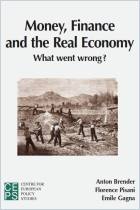
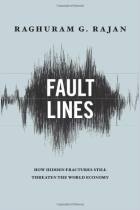
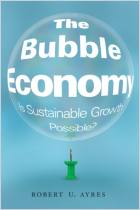
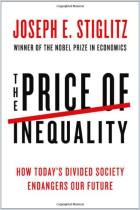
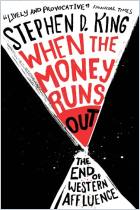
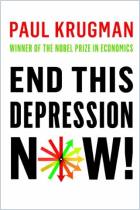
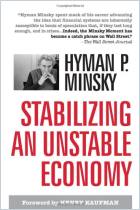

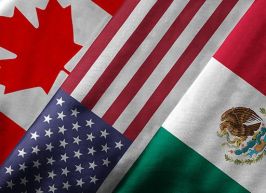

Comment on this summary